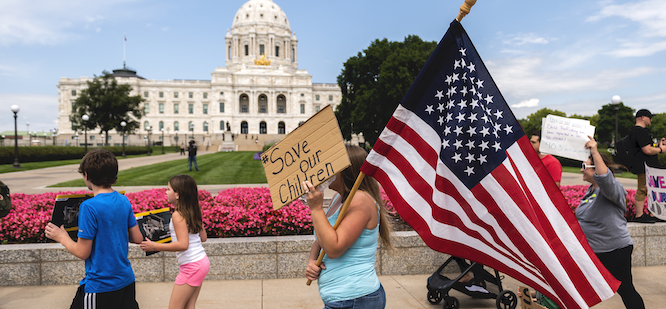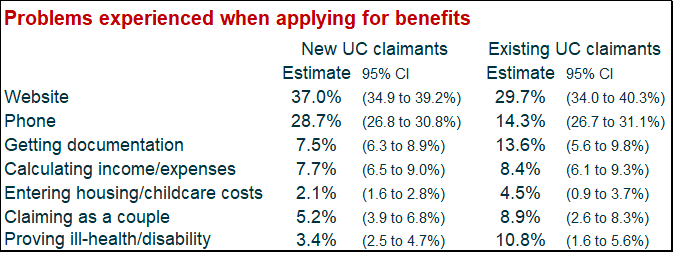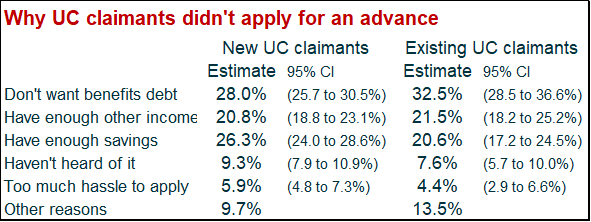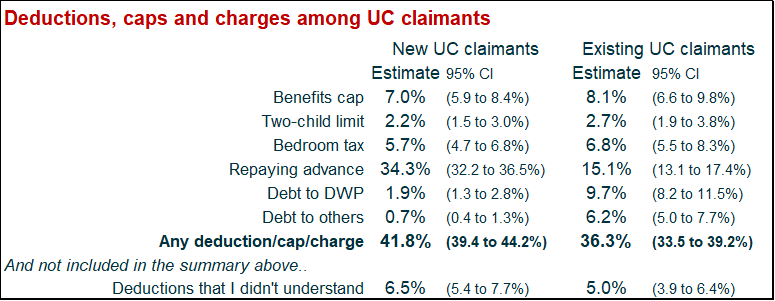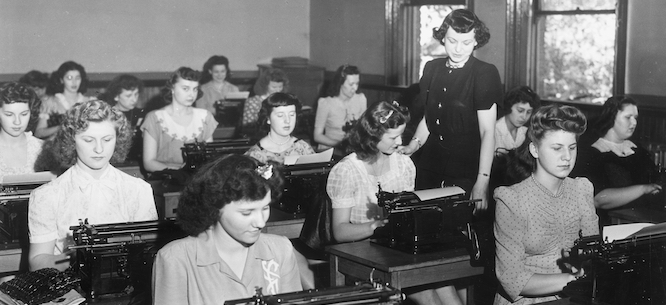
During the Trump years, the phrase “Infrastructure Week” rang out as a sort of Groundhog Day-style punchline. What began in June 2017 as a failed effort by The Donald’s White House and a Republican Senate to focus on the desperately needed rebuilding of American infrastructure morphed into a meme and a running joke in Washington.
Despite the focus in recent years on President Trump’s failure to do anything for the country’s crumbling infrastructure, here’s a sad reality: considered over a longer period of time, Washington’s political failure to fund the repairing, modernizing, or in some cases simply the building of that national infrastructure has proven a remarkably bipartisan “effort.” After all, the same grand unfulfilled ambitions for infrastructure were part and parcel of the Obama White House from 2009 on and could well typify the Biden years, if Congress doesn’t get its act together (or the filibuster doesn’t go down in flames). The disastrous electric grid power outages that occurred during the recent deep freeze in Texas are but the latest example of the pressing need for infrastructure upgrades and investments of every sort. If nothing is done, more people will suffer, more jobs will be lost, and the economy will face drastic consequences.
Since the mid-twentieth century, when most of this country’s modern infrastructure systems were first established, the population has doubled. Not only are American roads, airports, electric grids, waterways, railways and more distinctly outdated, but today’s crucial telecommunications sector hasn’t ever been subjected to a comprehensive broadband strategy.
Worse yet, what’s known as America’s “infrastructure gap” only continues to widen. The cost of what we need but haven’t done to modernize our infrastructure has expanded to $5.6 trillion over the last 20 years ($3 trillion in the last decade alone), according to a report by the American Society of Civil Engineers (ASCE). Some estimates now even run as high as $7 trillion.
In other words, as old infrastructure deteriorates and new infrastructure and technology are needed, the cost of addressing this ongoing problem only escalates. Currently, there is a $1-trillion backlog of (yet unapproved) deferred-maintenance funding floating around Capitol Hill. Without action in the reasonable future, certain kinds of American infrastructure could, like that Texas energy grid, soon be deemed unsafe.
Now, it’s true that the U.S. continues to battle Covid-19 with more than half a million lives already lost and significant parts of the economy struggling to make ends meet. Even before the pandemic, however, America’s failing infrastructure system was already costing the average household nearly $3,300 a year.
According to ASCE, “The nation’s economy could see the loss of $10 trillion in GDP [gross domestic product] and a decline of more than $23 trillion in business productivity cumulatively over the next two decades if current investment trends continue.” Whatever a post-pandemic economy looks like, our country is already starved for policies that offer safe, reliable, efficient, and sustainable future infrastructure systems. Such a down payment on our future is crucial not just for us, but for generations to come.
As early as 2016, ASCE researchers found that the overall number of dams with potential high-hazard status had already climbed to nearly 15,500. At the time, the organization also discovered that nearly four out of every 10 bridges in America were 50 years old or more and identified 56,007 of them as already structurally deficient. Those numbers would obviously be even higher today.
And yet, in 2021, what Americans face is hardly just a transportation crisis. The country’s energy system largely predates the twenty-first century. The majority of American electric transmission and distribution systems were established in the 1950s and 1960s with only a 50-year life cycle. ASCE reports that, “More than 640,000 miles of high-voltage transmission lines in the lower 48 states’ power grids are at full capacity.” That means our systems weren’t and aren’t equipped to handle excess needs — especially in emergencies.
The country is critically overdue for infrastructure development in which the government and the private sector would collaborate with intention and urgency. Infrastructure could be the great equalizer in our economy, if only the Biden administration and a now-dogmatically partisan Congress had the fortitude and foresight to make it happen.
American History Offers a Roadmap for Infrastructure Success
It wasn’t always like this. Over the course of American history, building infrastructure has not only had a powerful economic impact, but regularly garnered bipartisan political support for the public good.
In December 1928, President Calvin Coolidge signed a bill authorizing the construction of a dam in the Black Canyon of the Colorado River in the American Southwest, a region that had faced unpredictable flooding and lacked reliable electricity. Despite the stock market crash of 1929 and the start of the Great Depression, by early 1931, the private sector, with government support, had begun constructing a structure of unprecedented magnitude, known today as the Hoover Dam. As an infrastructure project, it would eventually pay for itself through the sale of the electricity that it generated. Today, that dam still provides electricity and water to tens of millions of people.
Having grasped the power of the German system of autobahns while a general in World War II, President Dwight D. Eisenhower would, under the guise of “national security,” launch the Federal-Aid Highway Act of 1956, with bipartisan support, creating the interstate highway system. In its time, that system would be considered one of the “greatest public works projects in history.”
In the end, that act would lead to the creation of more than 47,000 miles of roads across all 50 states, the District of Columbia, and Puerto Rico. It would have a powerful effect on commercial business activity, national defense planning, and personal travel, helping to launch whole new sectors of the economy, ranging from roadside fast-food restaurants to theme parks. According to estimates, it would return more than six dollars in economic productivity for every dollar it cost to build and support, a result any investor would be happy with.
Equivalent efforts today would undoubtedly prove to be similar economic drivers. Domestically, such investments in infrastructure have always proven beneficial. New efforts to create sustainable green energy businesses, reconfigure energy grids, and rebuild crippled transit systems for a new age would help guarantee U.S global economic competitiveness deep into the twenty-first century.
Infrastructure as an International Race for Influence
In an interview with CNBC in February 2021, after being confirmed as the first female treasury secretary, Janet Yellen stressed the crucial need not just for a Covid-19 stimulus relief but for a sustainable infrastructure one as well.
As part of what the Biden administration has labeled its “Build Back Better” agenda, she underscored the “long-term structural problems in the U.S. economy that have resulted in inequality [and] slow productivity growth.” She also highlighted how a major new focus on clean-energy investments could make the economy more competitive globally.
When it comes to infrastructure and sustainable development efforts, the U.S. is being left in the dust by its primary economic rivals. Following his first phone call with Chinese President Xi Jinping, President Biden noted to a group of senators on the Environment and Public Works Committee that, “if we don’t get moving, they are going to eat our lunch.” He went on to say, “They’re investing billions of dollars dealing with a whole range of issues that relate to transportation, the environment, and a whole range of other things. We just have to step up.”
As this country, deep in partisan gridlock, stalls on infrastructure measures of any sort, its global competitors are proceeding full speed ahead. Having helped to jumpstart its economy with projects like high-speed railways and massive new bridges, China is now accelerating its efforts to further develop its technological infrastructure. As Bloomberg reported, the Chinese are focused on supporting the build-up of “everything from wireless networks to artificial intelligence. In the master plan backed by President Jinping himself, China will invest an estimated $1.4 trillion over six years” in such projects.
And it’s not just that Asian giant leaving the U.S. behind. Major trading partners like Australia, India, and Japan are projected to significantly out-invest the United States. The World Economic Forum’s 2019 Global Competitiveness Report typically listed this country in 13th place among the world’s nations when it came to its infrastructure quality. (It had been ranked 5th in 2002.) In 2020, that organization ranked the U.S. 32nd out of 115 countries on its Energy Transition Index.
Despite the multiple stimulus packages that Congress has passed in the Covid-19 era, no funding — not a cent — has been designated for capital-building projects. In contrast, China, Japan, and the European Union have all crafted stimulus programs in which infrastructure spending was a core component.
Infrastructure Development as a Political Equalizer
Infrastructure could be the engine for the most advantageous kinds of growth in this country. An optimal combination of federal and private funds, strategic partnerships, targeted infrastructure bonds, and even the creation of an infrastructure bank could help jumpstart a range of sustainable and ultimately revenue-generating businesses.
Such investment is a matter of economics, of cost versus benefit. These days, however, such calculations are both obstructed and obfuscated by politics. In the end, however, political economics comes down to getting creative about sources of funding and how to allocate them. To launch a meaningful infrastructure program would mean deciding who will produce it, who will consume it, and what kinds of transfer of wealth would be involved in the short and long run. Though the private sector certainly would help drive such a new set of programs, government funding would, as in the past, be crucial, whether under the rubric of national security, competitive innovation, sustainable clean energy, or creating a carbon-neutral future America. Any effort, no matter the label, would undoubtedly generate sustainable public and private jobs for the future.
On both the domestic and international fronts, infrastructure is big business. Wall Street, as well as the energy and construction sectors, are all eager to learn more about Biden’s Build Back Better infrastructure plan, which he is expected to take up in his already delayed first joint address to Congress. Actions, not just words, are needed.
Expectations are running high about what might prove to be a multitrillion-dollar infrastructure initiative. Such anticipation has already elevated the stock prices of construction companies, as well as shares in the sustainable energy sector.
There are concerns, to be sure. A big infrastructure package might never make it through an evenly split Senate, where partisanship is the name of the game. Some economists also fear that it could bring on inflation. There is, of course, debate over the role of the private sector in any such plan, as well as horse-trading about what kinds of projects should get priority. But the reality is that this country desperately needs infrastructure that, in turn, can secure a sustainable and green future. Someday this will have to be done, and the longer the delay, the more those costs are likely to rise. The future revenues and economic benefits from a solid infrastructure package should be key drivers in any post-pandemic economy.
The biggest asset managers in the country are already seeing more money flowing into their infrastructure and sustainable-energy funds. Financing for such deals in the private sector is also increasing. Any significant funding on the public side will only spur and augment that financing. Such projects could drive the economy for years to come. They would run the gamut from establishing smart grids and expanding broadband reach to building electric transmission systems that run off more sustainable energy sources, while manufacturing cleaner vehicles and ways to use them. Going big with futuristic transit projects like Virgin’s Hyperloop, a high-speed variant of a vacuum train, or Elon Musk’s initiative for the development of carbon-capture technology, could even be included in a joint drive to create the necessary clean-energy infrastructure and economy of the future.
Polling also shows that such infrastructure spending has broad public support, even if, in Congress, much-needed bipartisan backing for such a program remains distinctly in question. Still, in February, the ranking Republican senator on the environment and public works committee, West Virginia’s Shelley Moore Capito, said that “transportation infrastructure is the platform that can drive economic growth — all-American jobs, right there, right on the ground — now and in the future, and improve the quality of life for everyone on the safety aspects.” Meanwhile, the committee’s chairman, Democratic Senator Tom Carper of Delaware, stressed that “the burdens of poor road conditions are disproportionately shouldered by marginalized communities.” He pointed out that “low-income families and peoples of color are frequently left behind or left out by our investments in infrastructure, blocking their access to jobs and education opportunities.”
Sadly, given the way leadership in Washington wasted endless months dithering over the merits of supporting American workers during a pandemic, it may be too much to hope that a transformative bipartisan infrastructure deal will materialize.
Infrastructure as the Great Economic Equalizer
Here’s a simple reality: a strong American economy is dependent on infrastructure. That means more than just a “big umbrella” effort focused on transportation and electricity. Yes, airports, railroads, electrical grids, and roadways are all-important economic drivers, but in the twenty-first-century world, high-capacity communications systems are also essential to economic prosperity, as are distribution channels of various sorts. At the moment, there’s a water main break every two minutes in the U.S. Nearly six billion gallons of treated water are lost daily thanks to such breaks. Situations like the one in Flint, Michigan, in which economic pressure and bankruptcy eventually led a city to expose thousands of its children to poisonous drinking water, will become increasingly unavoidable in a country with an ever-deteriorating infrastructure.
The great economic equalizer is this: the more efficient our infrastructure systems become, the less they cost, and the more they can be readily used by those across the income spectrum. What American history shows since the time of Abraham Lincoln is that, in periods of economic turmoil, major infrastructure building or rebuilding will not only pay for itself but support the economy for generations to come.
For the next generation, it’s already clear that clean and sustainable energy will be crucial to achieving a more equal, economically prosperous, and less climate-challenged future. A renewables-based rebuilding of the economy and the creation of the jobs to go with it would be anything but some niche set of activities in the usual infrastructure spectrum. It would be the future. High-paying jobs within the sustainable energy sector are already booming. The Bureau of Labor Statistics reported that among the occupations projected to have the fastest employment growth from 2016 to 2026 will be those in “green” work.
Wall Street and big tech companies are also paying attention. Amazon, Google, and Facebook have become the world’s biggest corporate purchasers of clean energy and are now planning for some of the world’s most transformational climate targets. That will mean smaller companies will also be able to enter that workspace as innovation and infrastructure drive economic incentives.
The Next Generation
It may be ambitious to expect that we’ve left the Groundhog Day vortex of “infrastructure week” behind us, but the critical demand for a new Infrastructure Age confronts us now. From Main Street to Wall Street, the need and the growing market for a sustainable, efficient, and clean future couldn’t be more real. An abundance of avenues to finance such a future are available and it makes logical business sense to pursue them.
It’s obvious enough what should be done. The only question, given American politics in 2021, is: Can it be done?
The economy of tomorrow will be built upon the infrastructure measures of today. You can’t see the value of stocks from space, nor can you see the physical value of what you’ve left to the next generation from stat sheets. But from the International Space Station you can see the Hoover Dam and even San Francisco’s Golden Gate Bridge. What will future generations see that we’ve left behind? If the answer is nothing, that will be a tragedy of our age.
This post was originally published on Latest – Truthout.
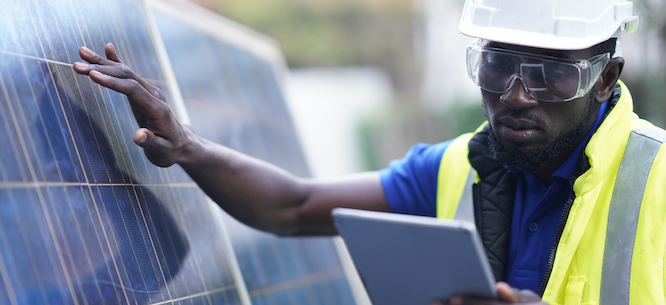



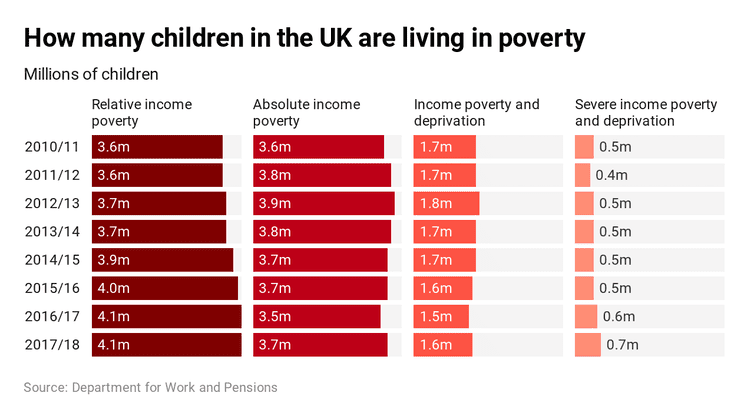
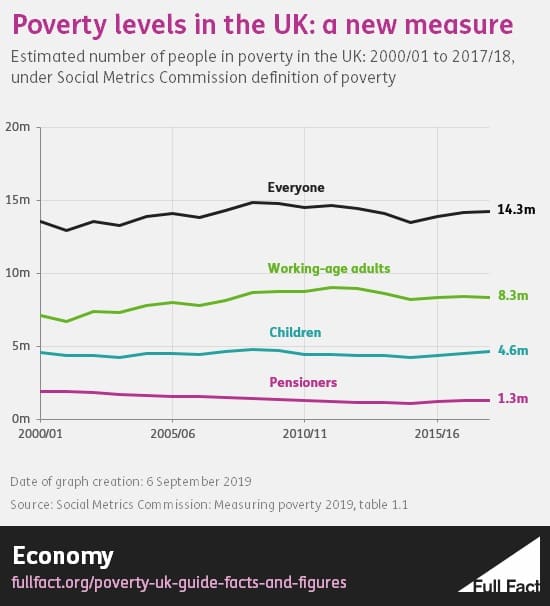
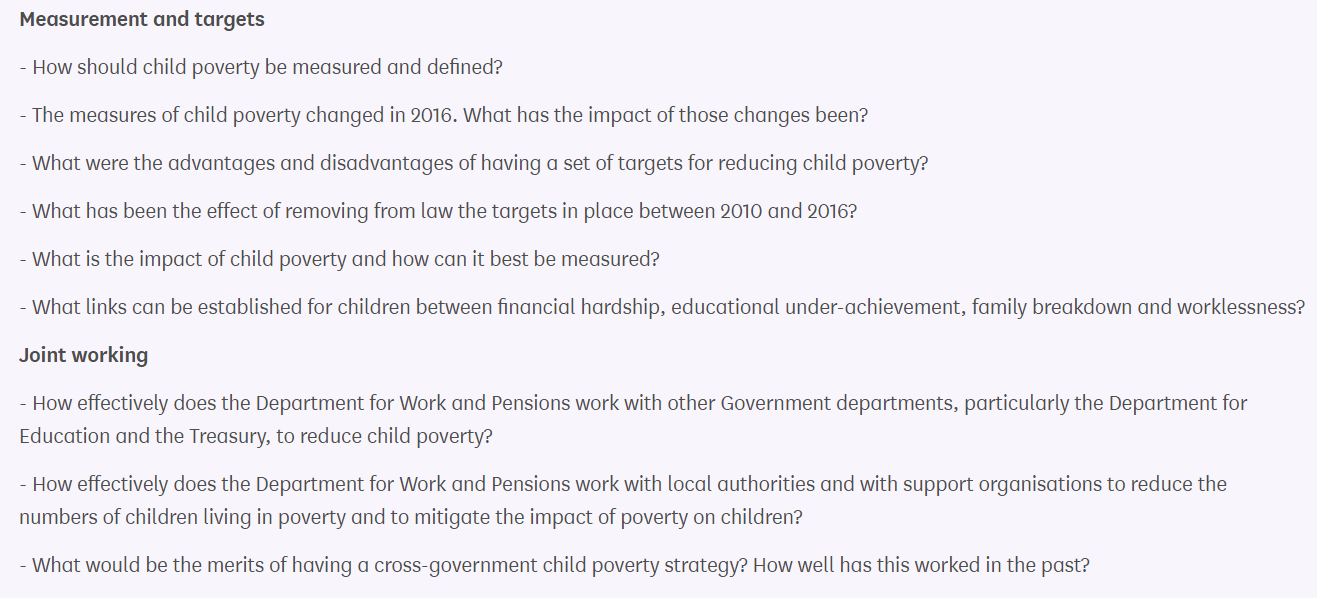
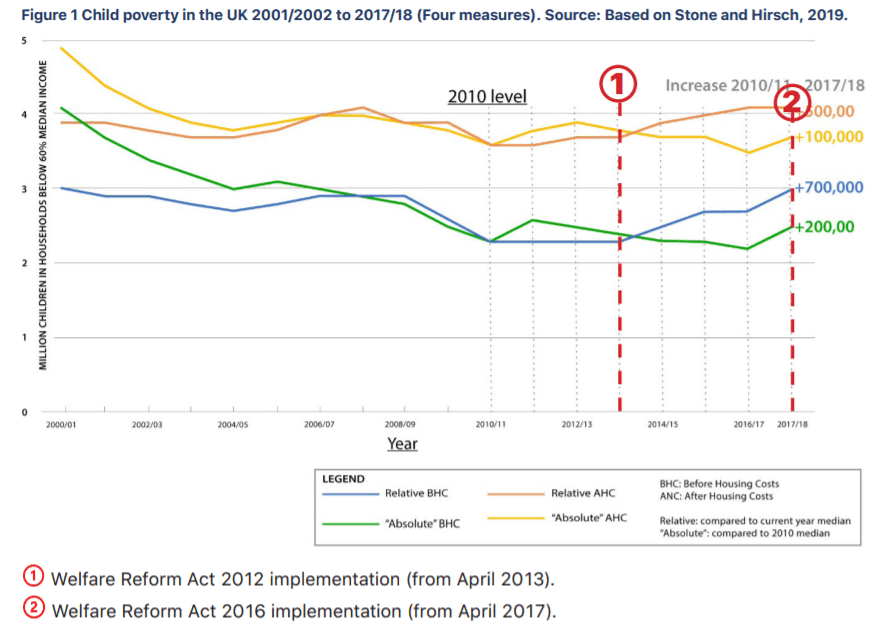
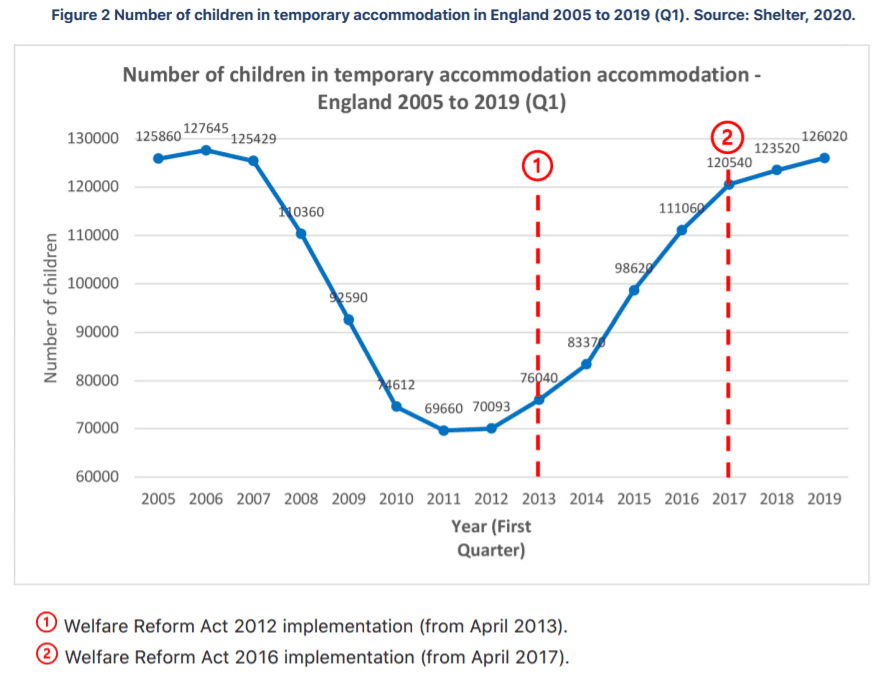
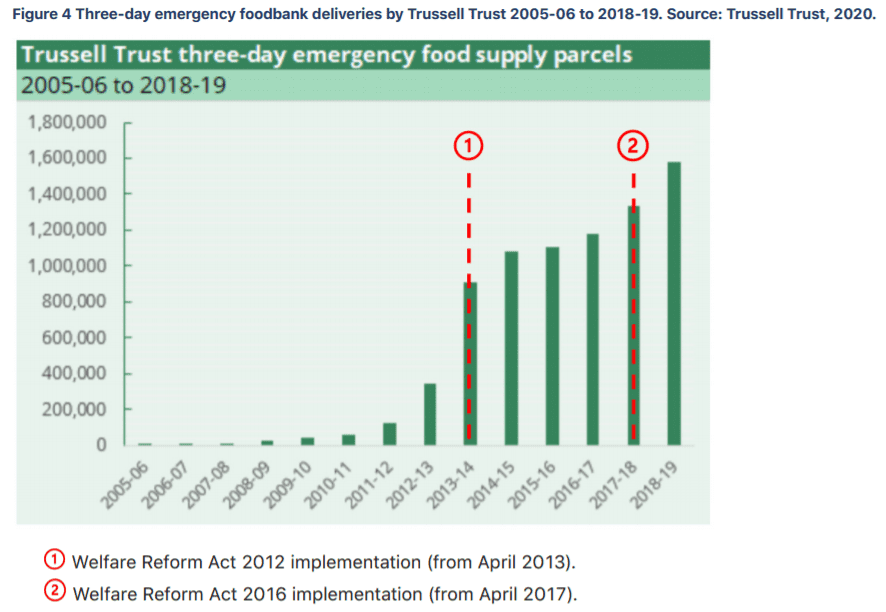
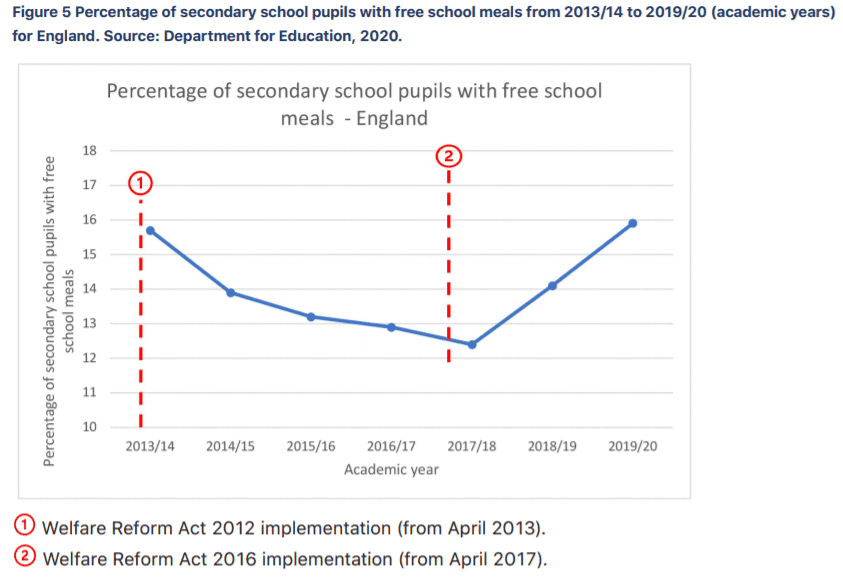

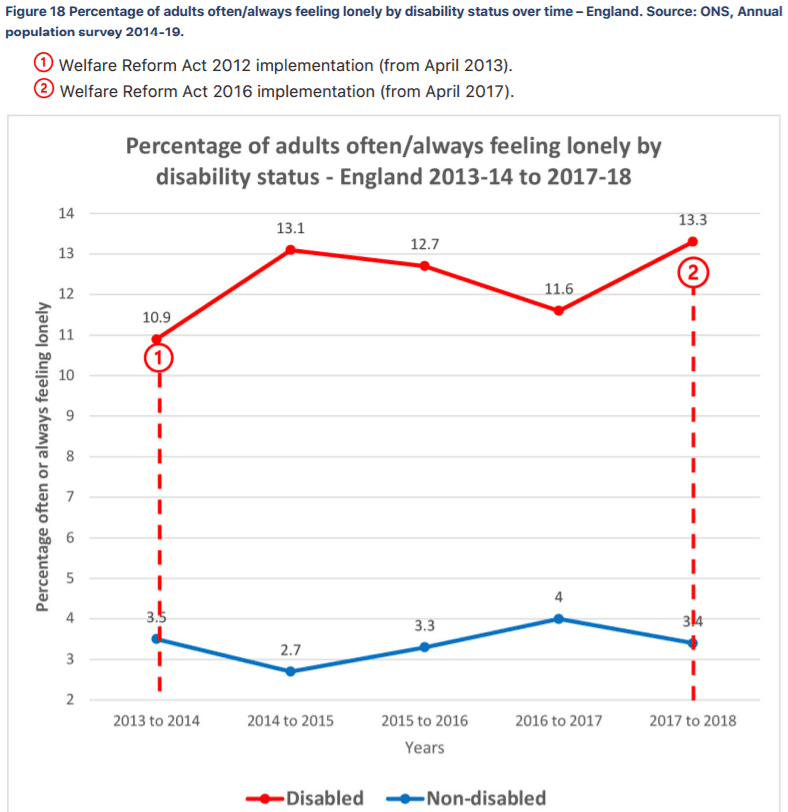
 (@cmclymer)
(@cmclymer) 